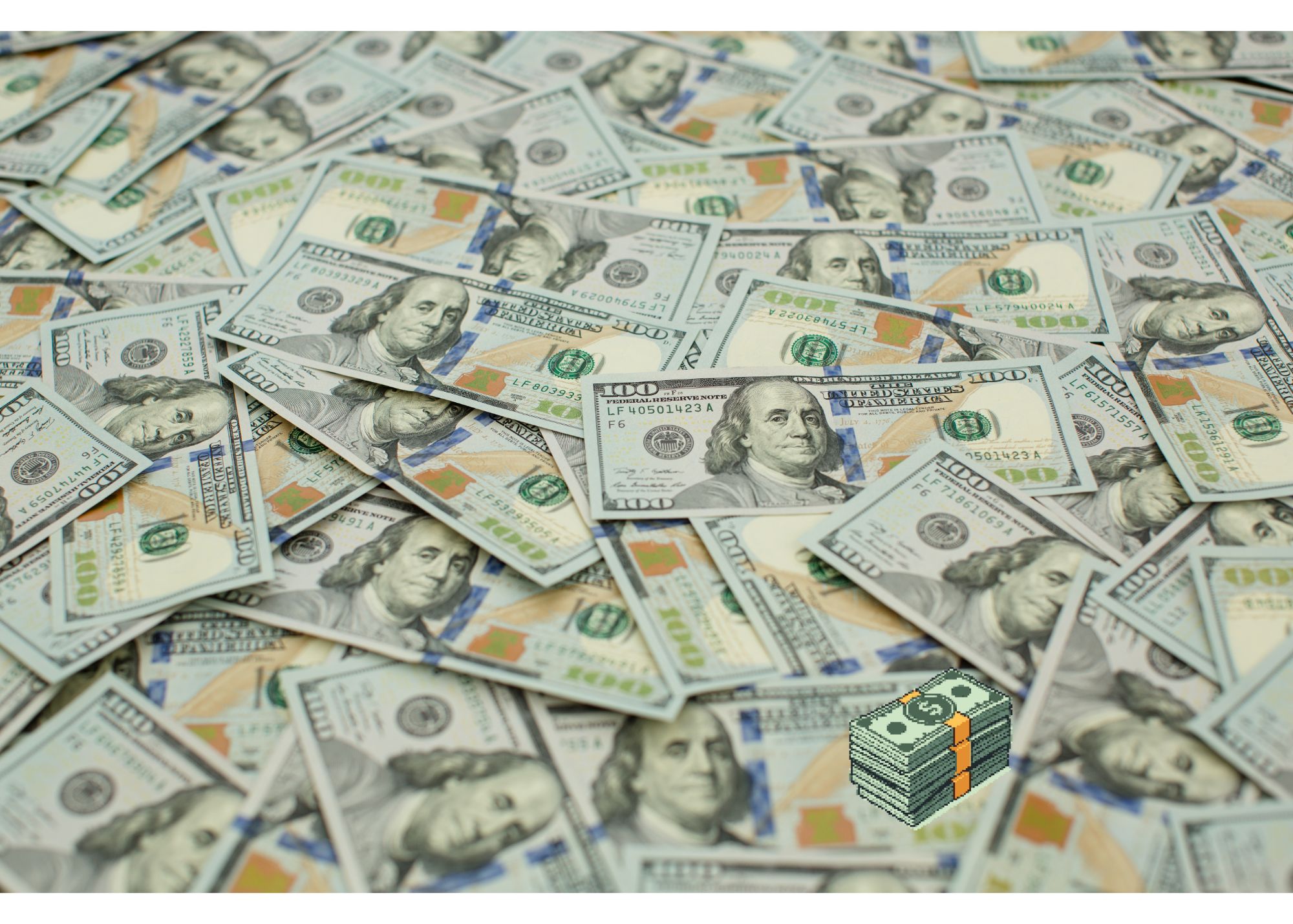Market Commentary: 1 Premier Bank Stock Bursts Higher
Despite its role as a low-fee trailblazer, 2023 has been a really rough year for Schwab, down 34% year-to-date. But recent developments hint at the fog of uncertainty lifting. Indeed, Schwab CEO Walt Bettinger described the company’s current struggles as a “dense fog.” This opacity primarily stems from deposit outflows, unrealized losses on securities, and rising interest rates.
Last week, though, Schwab’s shares saw a 5% uptick on a single trading day, signaling the fog may be lifting with as clarity replaces gloom. That’s because bank sweep deposits, or the idle client money moved from brokerage accounts to the bank, saw their first monthly increase since Q1 of last year. These deposits are crucial because Schwab can use to reinvest in higher-yielding products, potentially boosting its profit margins in the future.
So has the tide turned for Chuck?
Key Points
- Charles Schwab’s shares gained 5% recently, signaling potential for higher future profits.
- Schwab is burdened by a $31.8 billion loan at a 5.2% interest rate, which is expected to slow its earnings growth.
- Despite its challenges, Schwab has a strong asset base and is focusing on cost-cutting, a positive omen for long-term profitability.
Higher Costs Loom For Schwab
While the upswing in share prices and deposits is a positive sign, Schwab still faces hurdles, including higher funding costs and repayment obligations.
The company has loans amounting to $31.8 billion from the Federal Home Loan Bank (FHLB) system, with interest rates around 5.2%, a significant figure that has a direct impact on the company’s bottom line, likely delaying a quick return to earnings growth.
Considering the scale of the loan, shareholders must keep a keen eye on how quickly Schwab manages to pay down this debt and how this action correlates with earnings in the upcoming quarters.
Money Is Not Flowing Out Of Schwab
Investors are not necessarily taking their money out of Schwab; they’re just reallocating it. Many are transferring their uninvested cash from low-yield bank deposit programs into money market funds, resulting in less lucrative fees for Schwab. That has had an effect on the top line with Schwab’s revenue suffering a 16% decline to just shy of $5 billion.
The financials at Schwab have been impacted from other avenues too. For example, Schwab has recently absorbed $1.3 trillion in TD Ameritrade client assets, the largest industry changeover ever.
Concurrently, Schwab is looking at “advancing our strategic key initiatives,” focusing on cost-cutting measures that promise at least $1 billion in annual expense savings.
Final Thoughts
While shares have been down by roughly 34% this year, the brokerage added $46 billion in core net new assets during the quarter. The bottom line is patience may well be rewarded as Schwab moves through its current challenges towards a more profitable future.
While skeptics have thrown their fair share of criticism at Schwab, the firm has a client asset base of $7.8 trillion across 34+ million accounts. Year-to-date, it has attracted almost $250 billion in core net new assets from accounts initially opened at Schwab, growing organically at a rate of 6%.
Sure, Schwab has had a rough twelve months but don’t bet against it over the next 36 months.



